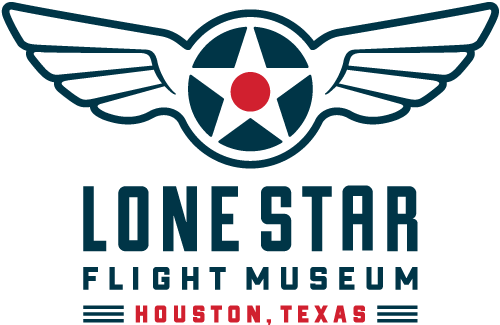The Vultee BT-13, Boeing Stearman PT-17 and the Fairchild PT-19 were the three most widely used trainers employed by the United States military during World War II.
Training for new pilots consisted of four 10-week phases. The first phase of training was conducted in the classroom. The second through fourth phases consisted of cockpit flying experience, with each phase being progressively more challenging than the last, and each phase introducing the pilot candidate to a more challenging and sophisticated aircraft. The phases were respectively named Primary, Basic, and Advanced training. The Boeing Stearman PT-17 or the Fairchild PT-19 were used for Primary training, the Vultee BT-13 was commonly used for Basic training, and the North American AT-6 was used for Advanced training.
In the late 1930s Vultee used its own money to develop a military trainer. However, the US Army Air Corps considered the engine of the trainer too powerful and the aircraft too complex for fledgling pilots. Vultee responded by building a new trainer which became the BT-13. The Army Air Corps ordered 300 of the aircraft in 1939, an order that was the largest of its kind at the time.
The BT-13 was much more complex than the primary trainers. It possessed a more powerful engine. It was faster and heavier than the Primary trainers. It had landing flaps and a two-position variable pitch propeller. And flying the BT-13 required that the student communicate with ground personnel via two-way
radio.
The BT-13 earned the nickname “Vibrator” for reasons that are unclear. It had a tendency to shake quite violently as it approached its stall speed. The canopy vibrated during more challenging maneuvers. On takeoff, the BT-13 would cause windows in buildings on the ground to vibrate. And at high pitch the propeller had an irritating vibration.
Production of the BT-13 continued until 1944. After the war most were sold for a few hundred dollars each as surplus. Many were bought just for the powerful engines, which were removed from the BT-13 and placed in other aircraft used for crop dusting. Today it is estimated that fewer than 40 BT-13s remain in flying condition.
HISTORY OF THE LSFM BT-13
Donated to the museum by Mike Abajian, a retired Marine lieutenant colonel, the BT-13 was built for the Navy in San Diego near the end of World War II. Navy variants of the BT-13 were given the designation SNV (a scout trainer built by Vultee). The aircraft spent its entire service career at the Great Lakes Naval Station, where it was used as a “station hack”. A station hack,(a.k.a. a “squadron hack” was an aircraft assigned to a base that primarily flew other types of aircraft than the hack aircraft.
The aircraft was used for miscellaneous tasks such as transporting personnel, parts, equipment, and documents, but soon became obsolete aircraft no longer suitable for combat operations. At the time that the museum’s SNV was delivered to the Great Lakes Naval Station, the primary aircraft at the station was the SNJ Texan.
Restoration and return to airworthiness of the LSFM BT-13 was made possible by the generous donation of Dr. Morris A. Richardson of Muldrow, Oklahoma.





